GAP's history reveals a fascinating journey from its 1969 founding by Doris and Don Fisher in San Francisco. Initially selling Levi's jeans and records, the brand quickly expanded, reaching 25 stores by 1973. Its innovative private label merchandise significantly enhanced its brand identity in the fashion industry. The acquisition of Banana Republic and the launch of Old Navy diversified GAP's offerings, allowing it to cater to a broader audience. However, the brand faced significant challenges due to changing consumer preferences and increased competition in the fashion landscape. Recent strategic efforts under new CEO Richard Dickson aim to revitalize GAP through a focus on sustainability and innovation. Exploring GAP's evolution offers deeper insights into its cultural impact and the shifting dynamics of the fashion retail sector.
Early Years and Founding
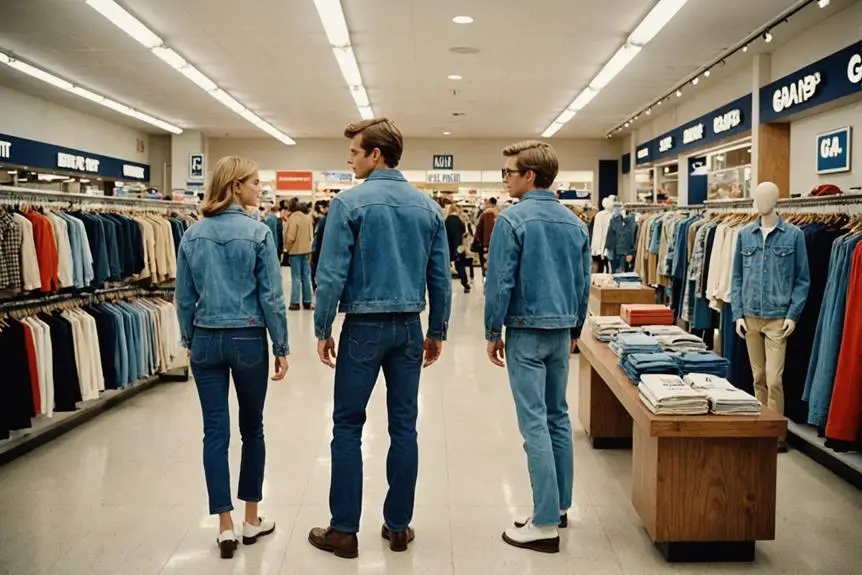
In the vibrant landscape of 1960s America, Gap Inc. emerged as a distinctive retail force, founded in 1969 by Doris and Don Fisher in San Francisco. The couple identified a gap in the retail market for well-fitting jeans, which propelled them to establish their first store on August 21, 1969. By selling Levi's jeans alongside LP records, they not only catered to a burgeoning youth culture but also raised over $60,000 to launch their business.
The immediate success of the first Gap store led to rapid growth, with a second location opening in San Jose by 1970. This expansion prompted the establishment of the corporate headquarters in Burlingame, California, in 1971. By 1973, over 25 Gap locations emerged, underscoring the brand's rising prominence.
In 1974, Gap took a decisive step by introducing its private label merchandise. This strategic move enhanced the company's brand identity, allowing it to differentiate itself from competitors in the retail market. Through a focus on quality, style, and affordability, Gap positioned itself not just as a retailer of jeans but as a significant player in the evolving landscape of American fashion.
Growth and Expansion
Gap Inc.'s trajectory from a single store to a retail powerhouse exemplifies the company's strategic vision and adaptability. Founded in 1969, Gap rapidly expanded, reaching 25 stores by 1973 and entering the East Coast market shortly thereafter. This aggressive expansion contributed to exceeding $100 million in revenue by 1976, prompting a public offering that further fueled growth.
By 1983, Gap had acquired Banana Republic, greatly enhancing its brand portfolio and market presence. This acquisition marked a pivotal moment, setting the stage for the launch of Old Navy in 1994, which offered a lower-priced alternative and attracted a broader customer base. By 1991, Gap operated over 1,216 stores across the U.S., Canada, and the U.K., establishing itself as a leading player in the specialty retail market.
Internationally, Gap made strides by opening its first overseas store in London in 1987, marking the beginning of its global expansion. By June 2018, the company had penetrated 43 countries, solidifying its status as a prominent international retailer. This growth and expansion phase not only diversified Gap's brand offerings but also positioned it strategically within the competitive retail landscape.
Brand Development and Acquisitions
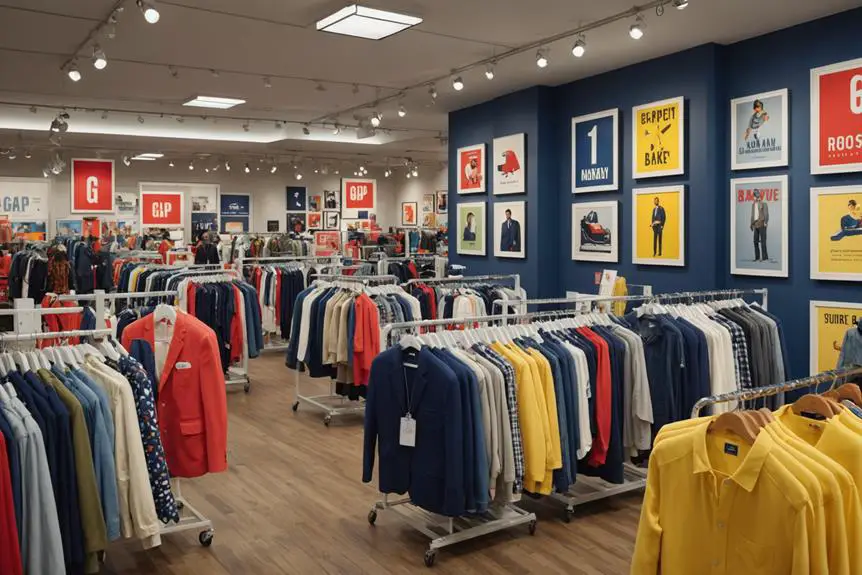
The evolution of Gap Inc.'s brand development and acquisition strategy has been instrumental in shaping its identity within the retail landscape. By strategically acquiring brands, Gap Inc. has expanded its product range and diversified its offerings, allowing it to cater to a broader audience.
| Year | Acquisition | Impact |
|---|---|---|
| 1983 | Banana Republic | Enhanced brand portfolio |
| 1990 | GapKids | Targeted younger demographics |
| 1994 | Old Navy | Introduced lower-priced alternative |
| 2008 | Athleta | Gained a foothold in women's activewear |
| 2013 | Intermix | Added luxury elements to brand portfolio |
The acquisition of Banana Republic in 1983 marked a significant expansion phase, enhancing the brand portfolio. Launching GapKids and babyGap in the early '90s further diversified Gap's offerings for younger demographics. Old Navy's introduction in 1994 provided a crucial lower-priced option, driving sales growth. In 2008, acquiring Athleta allowed Gap Inc. to tap into the growing activewear market, while the 2013 acquisition of Intermix aimed to incorporate luxury elements. Although Intermix was sold in 2021, these strategic moves collectively reflect Gap Inc.'s commitment to brand development and diversification.
Challenges and Market Changes
Maneuvering the retail landscape, Gap Inc. has encountered formidable challenges stemming from shifting consumer preferences and a decline in mall traffic. These factors led to a staggering decision to close 30% of Gap and Banana Republic stores by 2024. In 2021, the brand experienced a 6% sales decline, largely driven by fierce competition from ultra-fast retailers and a growing disconnect with younger generations like Gen Z and Millennials.
Amid leadership changes, including the resignation of Mickey Drexler, the company struggled to maintain brand relevance. This struggle manifested in 24 consecutive quarters of same-store sales declines, indicating a pressing need for a strategic overhaul. Although the partnership with Kanye West's Yeezy brand initially appeared promising, it ultimately failed to revitalize sales, culminating in its termination in 2022.
As Gap's flagship brand loses significance, projections suggest that by 2023, 70% of sales will be drawn from Old Navy and Athleta. This shift underscores the necessity for a thorough strategy to reclaim market share and reestablish connection with core consumers, ultimately addressing the overarching challenges it faces in today's competitive retail environment.
Recent Strategies and Innovations
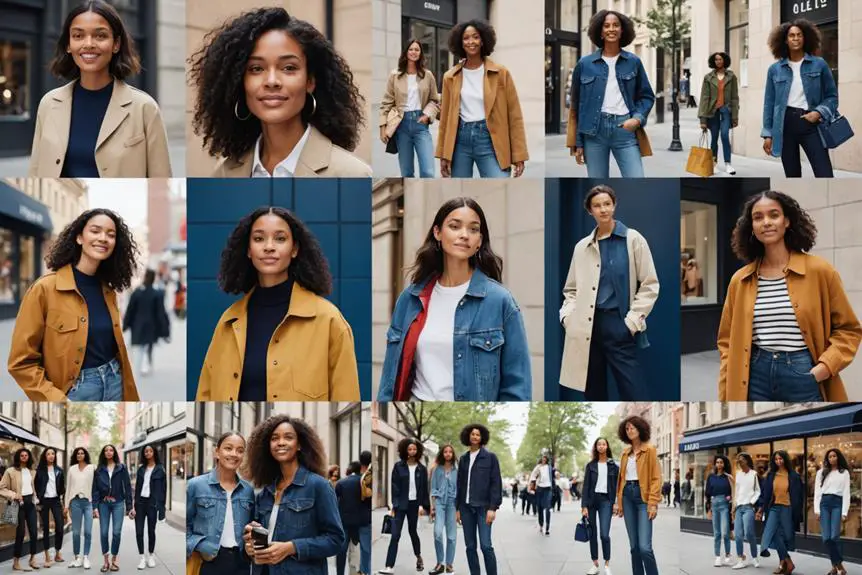
Steering recent market dynamics, Gap Inc. has implemented a series of strategic initiatives aimed at revitalizing its brand portfolio and enhancing consumer engagement. Central to these efforts is the Power Plan 2023, focusing on purpose-led branding and innovative growth strategies. The company's commitment to sustainability and social responsibility is evident, with a goal of achieving a 90% reduction in total CO2e emissions by 2030 from a 2017 baseline.
Key strategies include:
- The launch of BR Home in 15 retail locations, showcasing expansion into lifestyle brands.
- The appointment of Zac Posen as EVP Creative Director at Old Navy, enhancing the brand's creative vision and engagement.
- Exploration of the metaverse through NFT drops, reflecting a commitment to innovative collaborations and cultural relevance.
- Emphasizing purpose-led branding as a core component of consumer connection.
Through these initiatives, Gap Inc. not only revitalizes its brand identity but also positions itself as a leader in the retail sector. By integrating sustainability and social responsibility into its framework, the company adapts to evolving consumer expectations while driving growth and engagement across its diverse portfolio.
Leadership Changes and Future Outlook
Leadership changes at Gap Inc. mark a significant moment for the company as it seeks to navigate a challenging retail landscape. With Richard Dickson stepping in as CEO in July 2023, he inherits a brand grappling with declining sales and a pressing need for strategic restructuring. His predecessors, Sonia Syngal and Bob Martin, faced their own challenges during their tenures, ultimately leading to a series of leadership shifts that created instability.
Analysts highlight that these changes are essential for revitalizing Gap Inc.'s market position, emphasizing the necessity of fresh perspectives and cohesive long-term strategies. As Dickson takes the helm, he must address the factors contributing to the brand's declining relevance, particularly in the face of evolving consumer preferences.
Future initiatives under Dickson's leadership are anticipated to prioritize integrating e-commerce with physical retail operations. This approach is imperative as the retail landscape shifts towards digital platforms. By focusing on enhancing the customer experience and adapting to new shopping behaviors, Dickson can steer Gap Inc. towards recovery and growth, ensuring the company remains competitive in a rapidly changing market.
Cultural Impact and Legacy
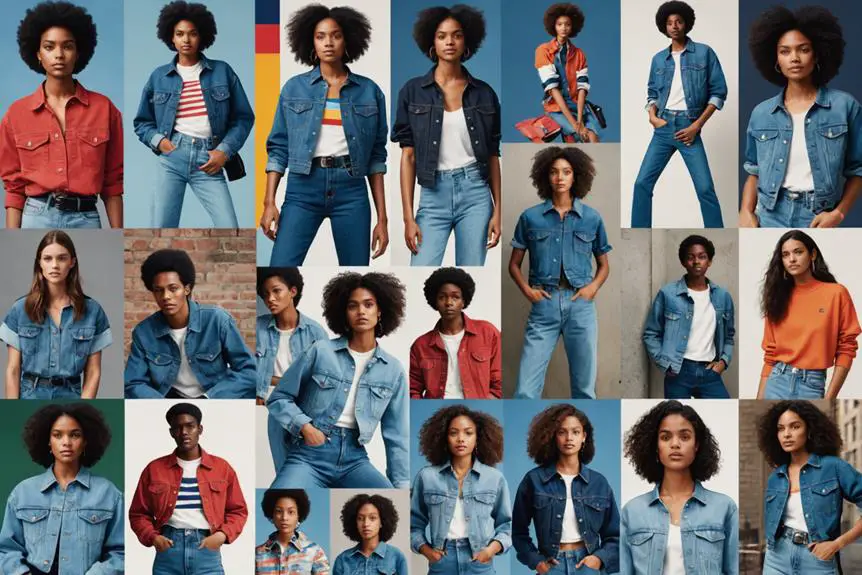
Gap Inc.'s cultural impact in the 1990s marked a significant era in American fashion, as the brand became synonymous with modern style and youth culture. You can see how Gap emerged as a cultural icon through its innovative marketing campaigns and high-profile collaborations.
- The "Who Wore Khakis" ad in 1993 showcased the brand's ability to influence fashion trends.
- Collaborations with celebrities like Madonna and Kanye West expanded its appeal across diverse demographics.
- Gap's casual apparel redefined everyday wear, becoming a staple in American mall culture.
- Initiatives like Product (RED) highlighted the brand's commitment to ethical consumerism.
Despite this impressive legacy, Gap faces challenges in maintaining relevance, particularly among Gen Z consumers. The retail landscape has shifted, with online shopping and fast fashion competitors dominating the market. As a result, Gap's influence has waned, requiring a strategic reevaluation to reconnect with younger audiences. Understanding this cultural impact reveals how brands must adapt to survive in an ever-evolving consumer environment. Ultimately, Gap's journey reflects the complex interplay between fashion, marketing, and societal values, leaving an indelible mark on American culture.
Frequently Asked Questions
What Is the Origin of the Gap?
The Gap originated from the need for well-fitting jeans and a connection to youth culture. By combining fashion with a sense of generational identity, it aimed to resonate with young consumers seeking stylish options.
What Is the History of the Company Gap?
You'll find Gap Inc. evolved considerably since its inception in 1969, expanding its brand portfolio, facing challenges in the 2000s, and undergoing leadership changes to adapt to market demands and consumer preferences.
What Does the Brand Gap Stand For?
Gap stands for bridging generational fashion gaps, offering stylish, casual wear that resonates with younger consumers. It emphasizes modern American aesthetics while promoting sustainability, ethical sourcing, and a lifestyle that aligns with contemporary values and trends.
What Is the Gap Controversy?
The Gap controversy involves serious allegations of labor rights violations, including sweatshop conditions and child labor. You'll find ongoing skepticism about the brand's efforts to improve ethical sourcing and transparency within its supply chain practices.
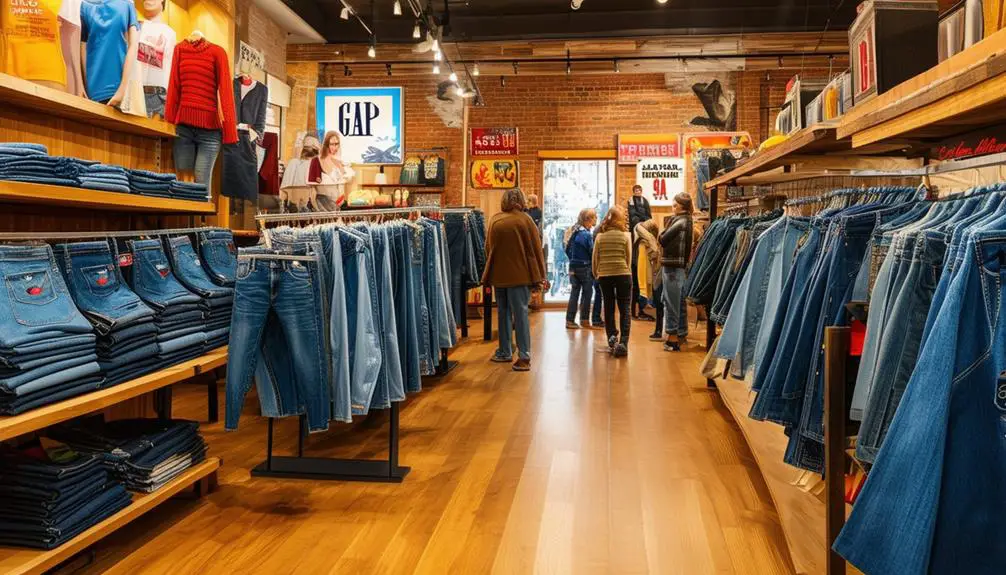



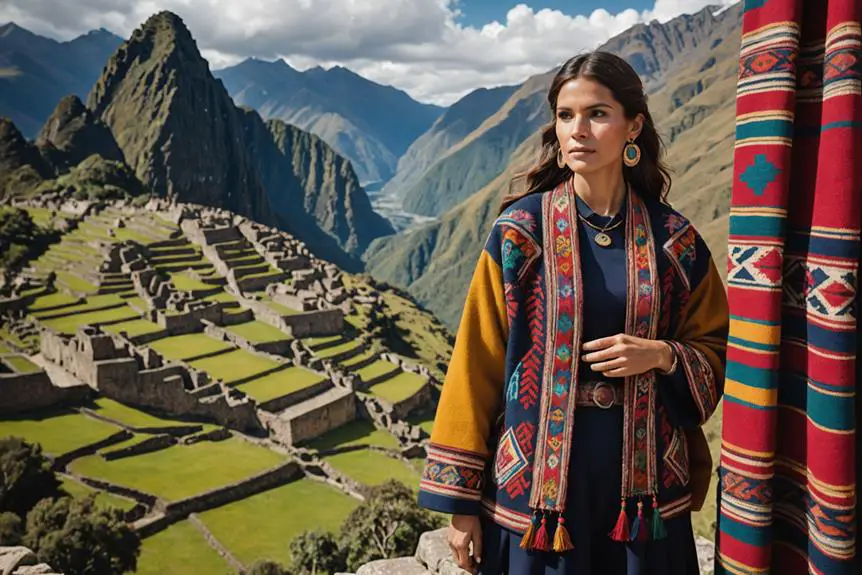
After exploring a number of the blog posts on your blog,
I honestly like your way of blogging. I saved as a favorite it to my
bookmark website list and will be checking back soon. Please visit
my website too and let me know what you think.
casino en ligne fiable
This blog was… how do I say it? Relevant!! Finally I’ve found something
that helped me. Thank you!
casino en ligne France
It’s remarkable designed for me to have a site, which is beneficial in support
of my knowledge. thanks admin
casino en ligne
I just couldn’t go away your website before suggesting that I extremely enjoyed the standard info a person supply in your guests?
Is going to be again often in order to inspect new posts
casino en ligne
I’m impressed, I have to admit. Rarely do I encounter a blog that’s both educative and entertaining,
and let me tell you, you’ve hit the nail on the head.
The problem is something too few people are speaking intelligently about.
I’m very happy that I came across this during my search for
something relating to this.
casino en ligne
Hi there mates, fastidious piece of writing and good urging commented at this place, I am genuinely enjoying
by these.
casino en ligne francais
I was recommended this blog by my cousin. I am not sure whether this post is
written by him as no one else know such detailed about my problem.
You’re amazing! Thanks!
casino en ligne
Hi! I realize this is somewhat off-topic but I needed
to ask. Does managing a well-established website like yours take a
massive amount work? I’m completely new to blogging but I do write in my journal daily.
I’d like to start a blog so I can share my experience and thoughts online.
Please let me know if you have any kind of suggestions or tips for brand new aspiring bloggers.
Appreciate it!
casino en ligne
I quite like looking through a post that can make people think.
Also, many thanks for permitting me to comment!
casino en ligne
Someone necessarily assist to make significantly posts I would state.
That is the very first time I frequented your web page and thus far?
I surprised with the research you made to create this actual submit incredible.
Wonderful task!
casino en ligne